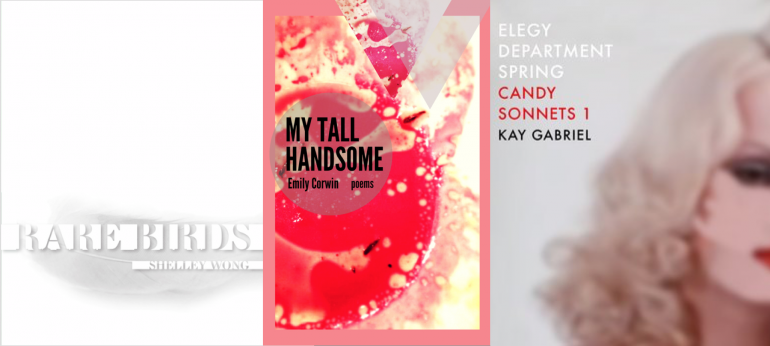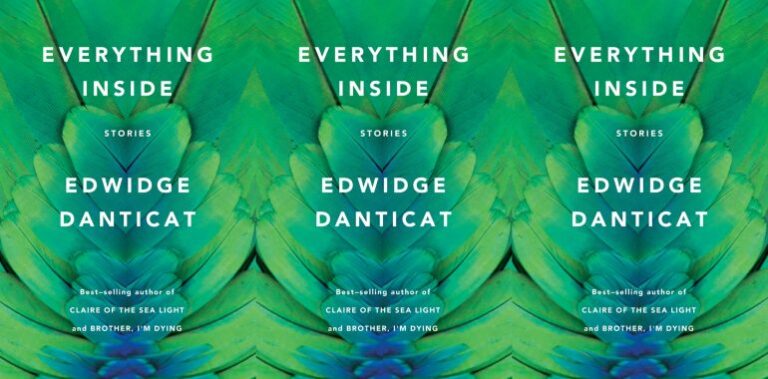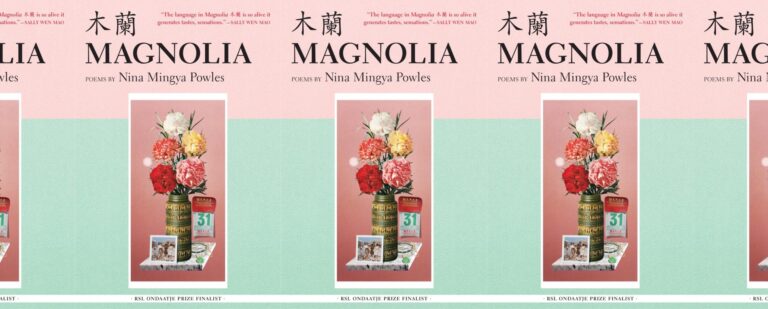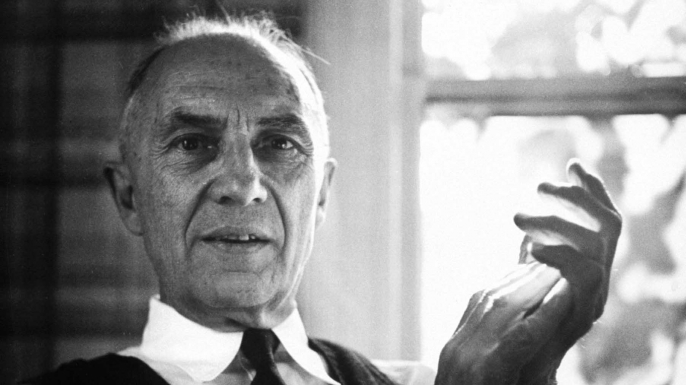My Dress Hangs There: Three Chapbooks Addressing Femininity, Reviewed

These three poetry chapbooks address aspects of femininity, though a variety of other themes (sometimes related to femininity, other times by its side) abound in each—love, lust, heroism, art, to name a few.
Elegy Department Spring by Kay Gabriel (BOAAT Press, May 2017)
Kay Gabriel’s Elegy Department Spring is subtitled Candy Sonnets 1 in debt to its muse, Candy Darling, a “vivid, blonde flame,” as Kevin Killian describes in the chapbook’s blurb, of a transgender actress who starred in some of Andy Warhol’s films. Darling died of lymphoma in 1974, yet the speaker here is clearly of the twenty-first century: “I was never on live journal” (line 7), she claims in “Pastoral.” What results in these inspired sonnets are semi-bored epiphanies of timeless yet pop femininity, quiet but pulsing anxieties of the gaze, and the measured glares of a diva uncertain of her next move.
A seamlessness in the edgy quality of Gabriel’s sentences, often punctuated by line breaks and natural breath alone, though with help from the occasional comma or capital letter, also inspires familiarity, as in the sexy ramble of “Prehensile Clit Club”:
Candy I joke
hard with the cyborg thing
but plastic, anyways, is a hot ride
and you get hooked, okay
The Wawa will be open when I get home (lines 4–8)
The ambiguity of a word like “thing” brings the speaker and Ms. Darling close rather than lending any surefire clarity to one interpretation of these lines. The poem ends, “Look what a girl can do this autumn night in Jersey!” (line 14), empowering young, feminine readers who might also find themselves addicted to the new magic of their bodies, the rush evoked by empty transit—or perhaps it’s sarcasm, indicating the impossibility of really wanting to trade the city’s lure that left the speaker’s mouth “all syrupy again” (line 1) for “this empty train” (line 3) and Wawa.
The poems read like one queer diarist’s compelling, breathless dishing to another’s, both reveling in their own era’s popular culture, one they feel somewhere between gladly and bitterly forced to identify with. The poem “anyone can be beautiful” even takes its title from a quote from Darling’s diary that finishes in the poem’s first line, “at least anyone can have beautiful hair” (line 1). Here are parallels between the actress’s “public oversharing diary, the pink one / with the busted lock” and today’s social media, especially vivid in the poem’s preoccupation with fashion. Lines like “we’ve stolen dyes by the armful, / borrowed tights or jumpsuits really / and posted untoward questions / about grief and breathy melodrama” (lines 7–11) solidify a connection to how people dress and how they present themselves online. There’s a certain attention to audience here, whether it be capturing one walking down the street or with a surprising tweet.
Rare Birds by Shelley Wong (Diode Editions, January 2017)
Shelley Wong has a talent for fresh turns of phrase and unique metaphors that, if the chapbook didn’t address so many birds, might seem themselves to be the impetus of its title. “Like a long apple peel, / she goes by” (lines 18–19) in the opening poem, “Exit Strategist,” is a good example, a splash of red painting itself onto the otherwise white page.
Wong engages Frida Kahlo’s person and art throughout Rare Birds; sometimes the speaker becomes her, while other poems are addressed to her or engage with themes and motifs of her work. Because of the number of poems wherein the speaker appears “as Frida,” one might think it could be difficult to separate the two; however, the speaker is clearly not a historical representation of the artist, but the evocation of her spirit and life when co-mingled with the speaker’s own, or what it means, more universally, to identify as a woman, as in “Wool,” a poem “after Frida” where the speaker defines a marriage turned sour: “I once played // at wife. You are / terrible music, the song that / slowly singes” (lines 6–9). The chapbook has other artistic inspirations, as in “White Rabbit,” a poem “after Then She Fell,” a theater experience that immerses its small audience into the world of Lewis Carroll.
The chapbook finds its major themes in romance and the environment—as well as in a combination of the two. The title presents a motif threaded throughout the chap: birds appear throughout, moving from synecdoche of themselves, the names of specific breeds and habits and everywhere in between. For example, in “Salt,” a poem about the redistribution of the interconnectedness of home and self, the speaker says, “My spirit animal / is a bird, but not a seagull” (lines 5–6), and then later, to end the poem, “Maybe I’m an ibis, maybe I’m a swan.” Either way, the speaker is a beautiful bird, sometimes the shadow of one on the water, others, one with wings that are every shade of oil paint.
My Tall Handsome by Emily Corwin (Brain Mill Press, March 2016)
In My Tall Handsome Emily Corwin refigures fairy tale and mythological archetypes for the present, looking at girlhood from the other side of the mirror. Corwin doesn’t rewrite one particular fairy tale or myth, but incorporates elements of a variety of them in subtle instances of plot and image—Hansel and Gretel’s bread crumbs, Snow White’s glass coffin, and Rapunzel’s tower each make an appearance. Adding to the poems’ folktale-ish roots, there is a certain singsonginess to Corwin’s verse, patterned on the page with room to breathe, the white space functioning as punctuation rather than hesitation or quiet.
With the time a long poem gives for a speaker to reveal more than shorter poems do, the three long works here help embody the complexities allowed typically only through postmodern takes on fairy tale characters. In both “ceremony” and “pretty pretty princess vs. the underworld,” stereotypical gender roles found in the source materials are reversed. For example, the Eurydice character is the “my tall handsome” of the chapbook’s title in “pretty pretty princess vs. the underworld.” What at first reads as a sugar-high love poem turns dark when “you were my first body” is revealed to reference not the speaker’s first act of lovemaking but, instead, a corpse. The lengths that the speaker is willing to go to reanimate her dead lover doesn’t refigure the Orpheus myth, rather how she convinces the black robed figure to return her “sugar boo zombie man” to her casts a spell:
I lay down my peace offerings—
slipper, snow pea, grapes, teardrop tiara
also hot cakes
also tulips
also candlestick
and smoke so mystical
and hocus pocus ballroom twinkle
The twenty-first century witchery that sprinkles glitter everywhere in My Tall Handsome allows for us to cheer on the speaker in her quest for finding love, seeking revenge—or even raising the dead.


